How to Harness Wind Energy with Effective Wind Turbines Solutions
As the global demand for renewable energy continues to rise, harnessing wind energy through effective wind turbines has become a crucial topic of discussion. Wind turbines play a pivotal role in converting kinetic energy from the wind into electrical power, providing a sustainable and environmentally friendly energy source. However, to maximize their efficiency and effectiveness, it is essential to understand the various types of wind turbine solutions available, their operational principles, and the best practices for installation and maintenance.
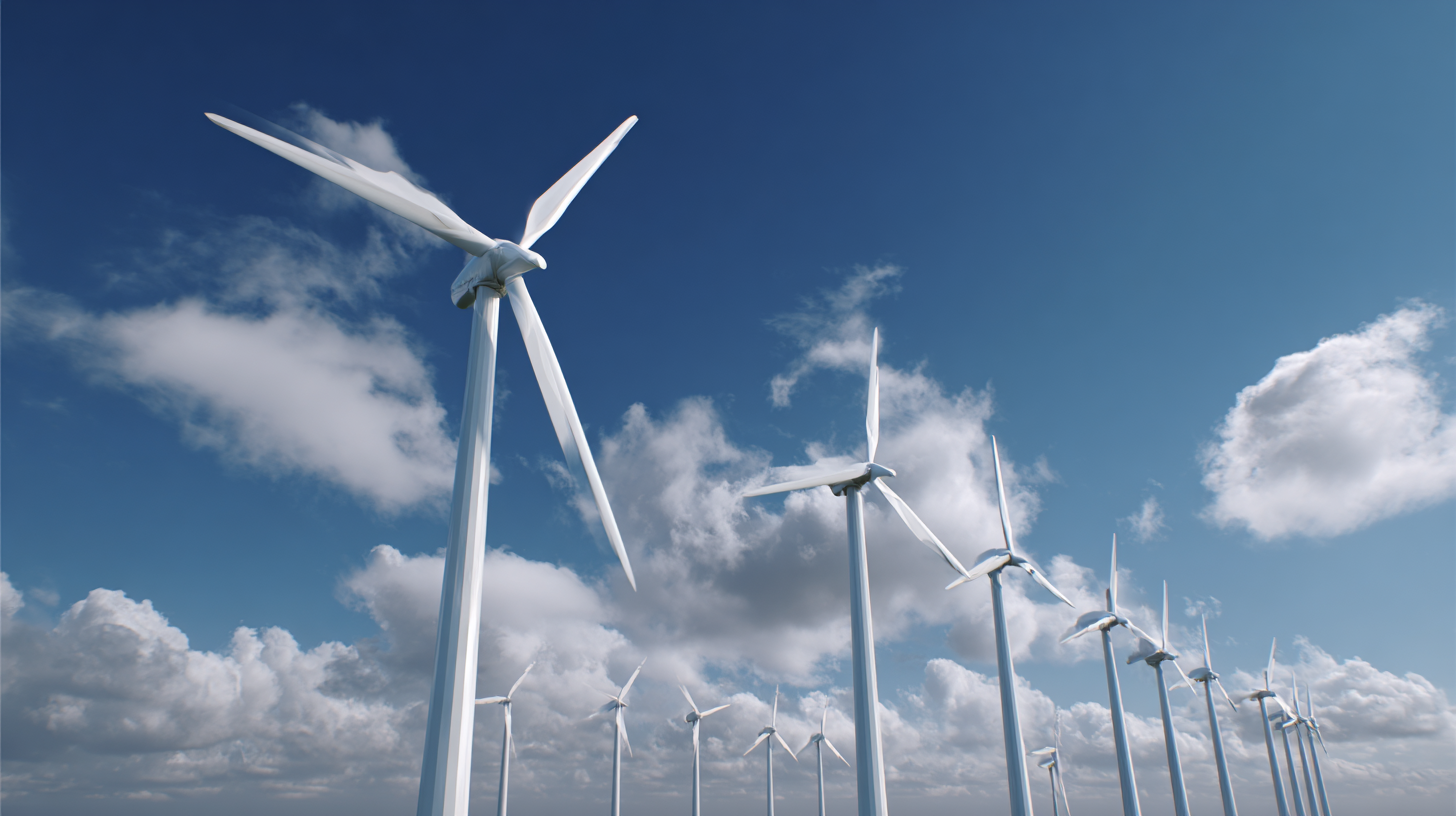
This guide aims to explore practical strategies and innovations in wind turbine technology that can significantly enhance energy capture and ensure a reliable power supply. By delving into these effective solutions, we can pave the way toward a cleaner energy future, reaffirming the importance of wind turbines in the renewable energy landscape.
Advancements in Wind Turbine Technology: Key Trends and Innovations
Recent advancements in wind turbine technology are shaping the future of wind energy with innovative solutions that promise to enhance efficiency and reliability. The wind energy industry is witnessing significant trends, including the integration of artificial intelligence and big data analytics, which are optimizing turbine performance and predictive maintenance. According to a report, the global wind turbine market is expected to reach $100 billion by 2025, driven by increasing investments in renewable energy and governmental policies promoting sustainability.
Moreover, a quantitative analysis of patent filings indicates that the renewable energy sector is leading in sustainable patent innovations. In particular, 20 startups have emerged as key players in developing groundbreaking technologies that could redefine wind energy strategies. These companies are at the forefront of research, focusing on advancements such as floating turbine designs and high-efficiency rotor blades. Their innovations not only aim to improve energy production efficiency but also contribute to reducing the environmental impact associated with traditional energy sources. As the industry evolves, these technological breakthroughs are critical to achieving climate targets and fostering a more sustainable future.
Advancements in Wind Turbine Technology: Key Trends and Innovations
Evaluating Wind Resource Potential: Methods for Accurate Site Assessment
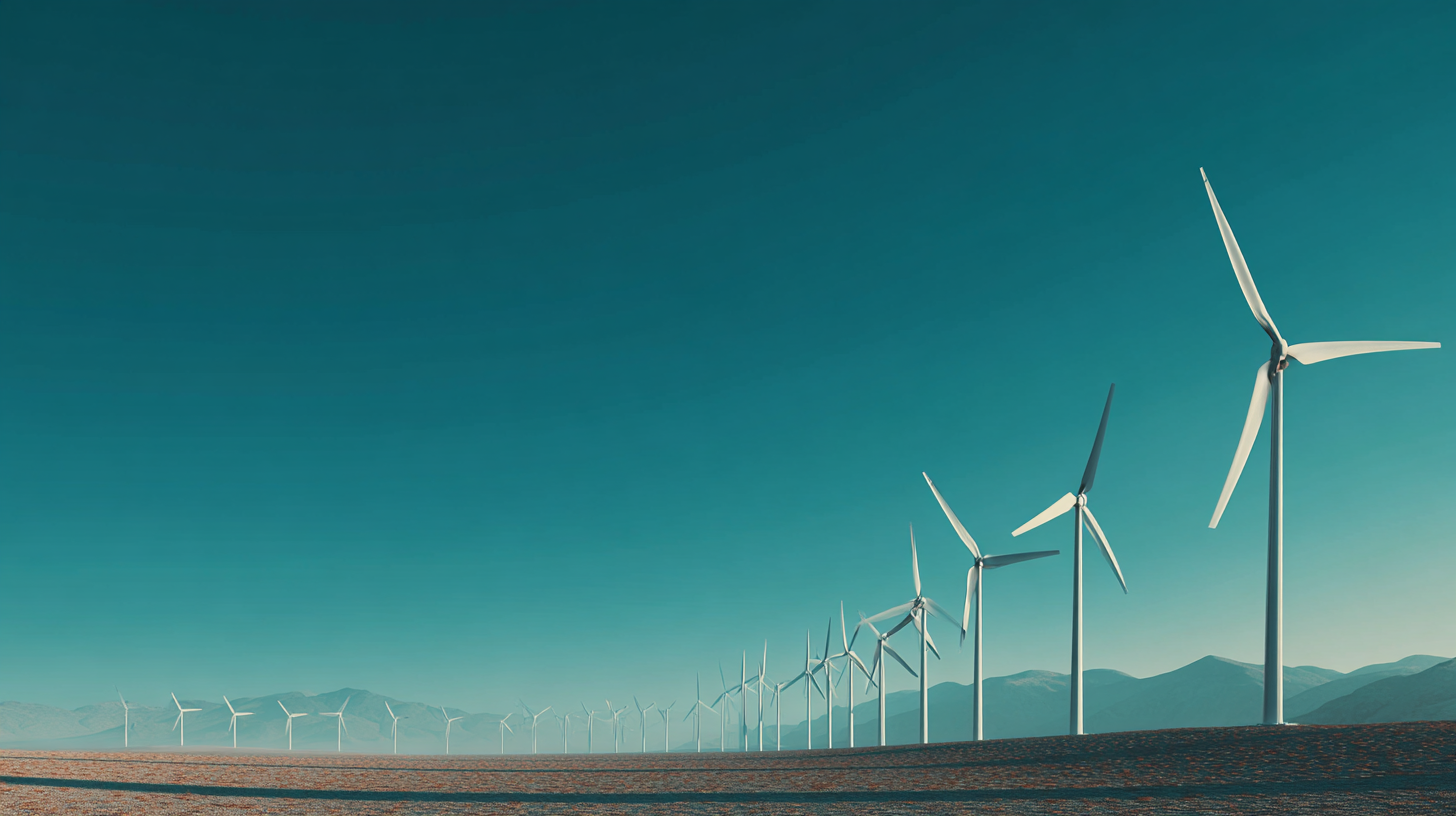 Evaluating the wind resource potential is a crucial step in harnessing wind energy effectively. Accurate site assessment involves a combination of methodologies, including wind measurement campaigns and analytical modeling. According to the Global Wind Energy Council (GWEC), the average wind speed is one of the primary determinants in estimating energy output, with sites experiencing speeds above 6.5 m/s being particularly favorable for wind turbine installation. Utilizing devices like anemometers and LiDAR can significantly enhance data accuracy by providing real-time wind conditions, aiding developers in making informed decisions.
Evaluating the wind resource potential is a crucial step in harnessing wind energy effectively. Accurate site assessment involves a combination of methodologies, including wind measurement campaigns and analytical modeling. According to the Global Wind Energy Council (GWEC), the average wind speed is one of the primary determinants in estimating energy output, with sites experiencing speeds above 6.5 m/s being particularly favorable for wind turbine installation. Utilizing devices like anemometers and LiDAR can significantly enhance data accuracy by providing real-time wind conditions, aiding developers in making informed decisions.
Tips: Before commencing site assessments, leverage historical weather data to identify regions with consistently high wind speeds. Furthermore, consider seasonal variations, as wind patterns can change throughout the year, impacting potential energy generation.
Another vital aspect is the evaluation of terrain and environmental factors. Wind turbines perform optimally when positioned at heights that allow them to capture the prevailing winds without interference from surrounding landscapes. A 2021 report from the U.S. Department of Energy indicated that properly sited wind farms could enhance energy production by up to 20%. Incorporating advanced wind resource mapping tools can provide a clearer picture of how local geography influences wind behavior and help optimize turbine placements.
Tips: Engage with local meteorological services for detailed climate data and consult with wind energy experts to refine your site assessment strategies.
Optimizing Wind Farm Layout: Strategies for Maximizing Energy Production
Optimizing the layout of wind farms is crucial for maximizing energy production and ensuring efficient utilization of wind resources. One effective strategy is to analyze wind patterns and terrain features to determine the most suitable turbine placement. By conducting site-specific wind resource assessments, developers can identify areas with the highest average wind speeds, which will dictate the optimal locations for turbine installation. This involves using computer simulations and historical data to predict wind behavior, allowing for informed decisions that enhance overall energy output.
Another important consideration in wind farm layout is the spacing between turbines. Proper spacing helps to mitigate wake effects, where one turbine’s operation negatively impacts another by creating turbulent airflows. A general guideline is to space turbines at least seven rotor diameters apart, both in the prevailing wind direction and perpendicular to it. This configuration helps to maximize the energy capture while reducing mechanical strains on the turbines.
Additionally, incorporating diverse turbine models that cater to varying site conditions can further optimize production, ensuring that each turbine operates at its peak efficiency regardless of local wind characteristics.
Integrating Storage Solutions: Enhancing Reliability of Wind Energy Systems
Integrating storage solutions into wind energy systems is essential for enhancing reliability and maximizing the efficiency of renewable energy sources. One of the most significant challenges faced by wind energy generation is its intermittency; wind does not blow consistently, which can lead to fluctuations in energy supply. According to a report by the International Renewable Energy Agency (IRENA), combining wind energy with storage technologies can increase the feasibility of wind power by up to 20%. This integration allows for the smooth delivery of electricity even during downtime, ensuring a stable energy supply.
Batteries, pumped hydro storage, and other innovative storage solutions play a pivotal role in addressing these reliability issues. For instance, a recent study highlighted that large-scale battery storage systems can provide up to 90% of the energy produced from wind power when paired correctly. This synergy not only enhances grid reliability but also contributes to reducing dependence on fossil fuels, enabling a smoother transition to sustainable energy. As the technology continues to evolve, the partnership of wind energy and storage solutions will become even more vital, paving the way for a cleaner energy future.
How to Harness Wind Energy with Effective Wind Turbines Solutions - Integrating Storage Solutions: Enhancing Reliability of Wind Energy Systems
| Dimension | Value |
|---|---|
| Average Wind Speed (m/s) | 7.5 |
| Capacity Factor (%) | 35 |
| Energy Storage Capacity (MWh) | 15 |
| Average Turbine Height (m) | 120 |
| System Efficiency (%) | 90 |
| Average Energy Output (MWh/month) | 1050 |
| Initial Investment Cost ($/kW) | 1500 |
| Projected Lifetime (years) | 25 |
Economic Impacts of Wind Energy: Cost-Effectiveness and Investment Opportunities
The offshore wind sector is rapidly evolving, promising both economic growth and environmental sustainability. Recent studies indicate that investing in offshore wind energy can significantly reduce energy costs while facilitating the transition toward a low-carbon economy. As countries aim for cleaner energy sources, offshore wind provides a compelling opportunity to meet ambitious climate goals, thereby attracting substantial investment.
**Tips: Consider the following when exploring wind energy investment: First, evaluate the local wind resource potential to ensure economic viability. Second, stay informed about government incentives and policies that can boost your investment return. Lastly, assess technological advancements in turbine efficiency and energy storage solutions, as these are crucial for maximizing energy output and overall sustainability.**
The economic impacts of integrating wind energy are further underscored by recent assessments in regions like Central Europe. For instance, small-scale wind turbines have shown to be feasible in Poland, driven by extensive wind speed data over six years. This data-driven approach enhances decision-making for investors by providing a clearer picture of potential returns in various contexts. As strategies evolve, the integration of Industry 4.0 technologies into renewable energy systems could further optimize these investments, paving the way for a sustainable future.
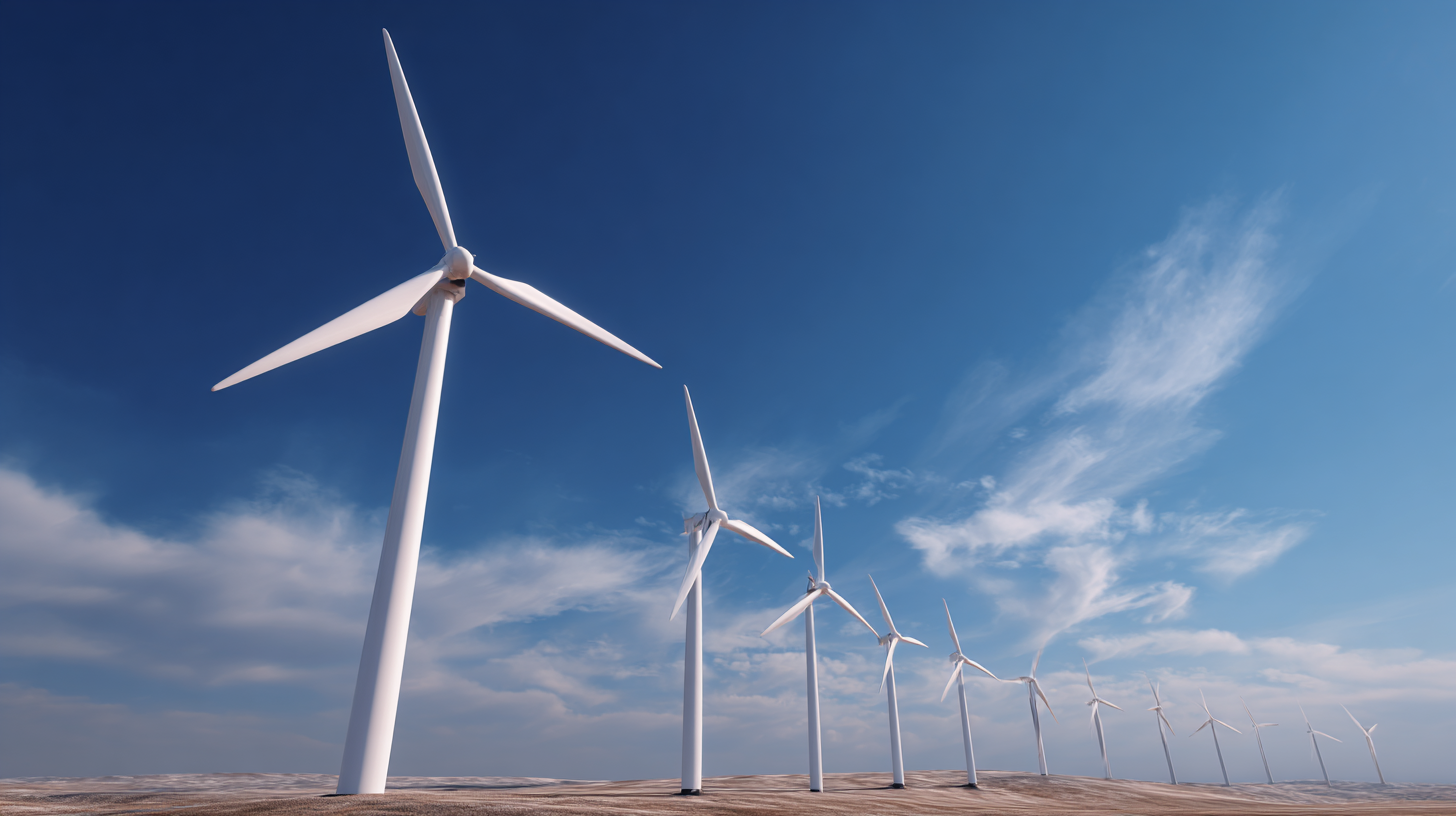
Related Posts
-
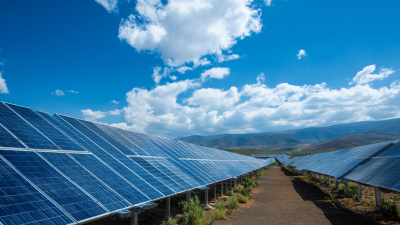
The Ultimate Guide to Harnessing the Best Renewable Energy Options for Your Business
-

How to Maximize Efficiency with Solar Hybrid Solutions for Global Markets
-
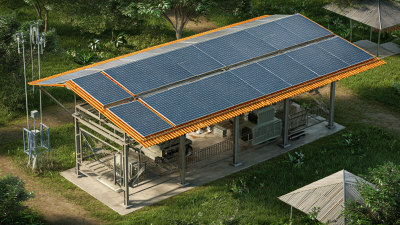
Unveiling the Cutting Edge Specifications of the Best Solar Electricity Solutions
-
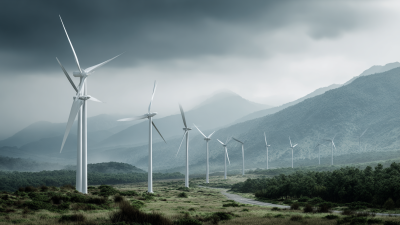
Innovative Solutions for Harnessing Wind Turbines: Unlocking 50% More Efficiency by 2025
-
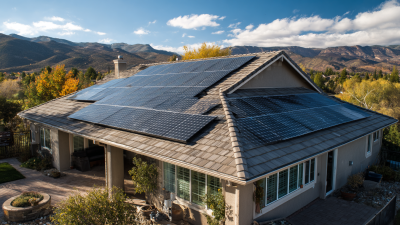
5 Essential Tips for Maximizing Your Solar Power System Efficiency
-
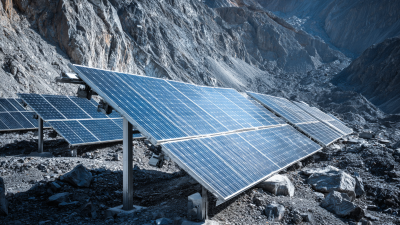
Understanding Challenges with Best Solar Power System for Global Buyers
